The weather changes for each country. Now some countries and places are too warm and cold, with natural disasters and other natural and animal problems. In this article, I will share some information about what climate change is and how climate change will effort humans, plants, animals and others. Also, I will show you how the weather changes in Canada and other countries before and after. And how will we protect our plane?
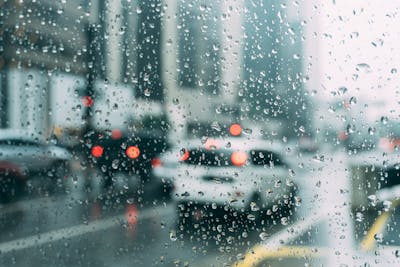
Kaique Rocha / Pexels
In this section, I will show you what climate change is and some of the background information to you, and you can learn more about climate change, what it looks like, and what it is about; why we need to care too. So, Climate change refers to long-term shifts in temperatures and weather patterns. Such modifications can be natural due to changes in the sure’s activity or significant volcanic eruptions. But since the 1800s, human activities have been the main driver of climate change, primarily due to burning fossil fuels like coal, oil and gas. Is this part of each country or do some countries have a trams car with the small car or the big car because we need to save some gas and oil for our plants. The other is about the Bruning fossil fuels that generate greenhouse gas emissions that act like a blanket wrapped around the Earth, trapping the sun’s heat and raising temperatures. This can help the plane and us too because some of the nature can be growing up is better, and also suitable for human to get some fresh air, at any time. At the same time, the greenhouse gases causing climate change include carbon dioxide and methane. These come from using gasoline for driving a car or coal for heating a building, for example. Clearing land and cutting down forests can also release carbon dioxide. Agriculture, oil and gas operations are significant sources of methane emissions. Energy, industry, transport, buildings, agriculture and land use are among the leading sectors causing greenhouse gases. This part will cause climate change and won’t benefit the planet, animals, humans and nature.
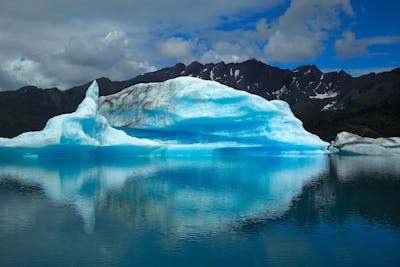
Pixabay / Pexels
Climate change is always responsible for global warming because sometimes, when we create, do some new things and make new parts, sometimes that will cause climate change and global warming. This part concerns how we are responsible for global warming and what will affect it. According to the “United Nations,” climate scientists have shown that humans have been responsible for virtually all global heating over the last 200 years. Human activities like the ones mentioned above are causing greenhouse gases that are warming the world faster than at any time in at least two thousand years. Also, The average temperature of the Earth’s surface is now about 1.1°C warmer than it was in the late 1800s (before the industrial revolution) and more generous than at any time in the last 100,000 years. The previous decade (2011-2020) was the warmest on record, and each of the last four decades has been warmer than any previous decade since 1850. This part I think is true because now in each country the weather is changing a lot and some of the nations are very warm, cold, winding and raining a lot, which could affect us and our health. Most people think climate change is more warm temperatures, but temperature rise is only the beginning of the story because the Earth is a system where everything is connected; changes in one area can influence changes in all others. That system can affect most people, and creating anything new can affect nature. Also, the consequences of climate change now include, among others, intense droughts, water scarcity, severe fires, rising sea levels, flooding, melting polar ice, catastrophic storms and declining biodiversity. This is essential for people when they want to change the weather and nature because everything we do is our responsibility for everything, not only the scientists and the government; everyone is responsible for protecting our planet.
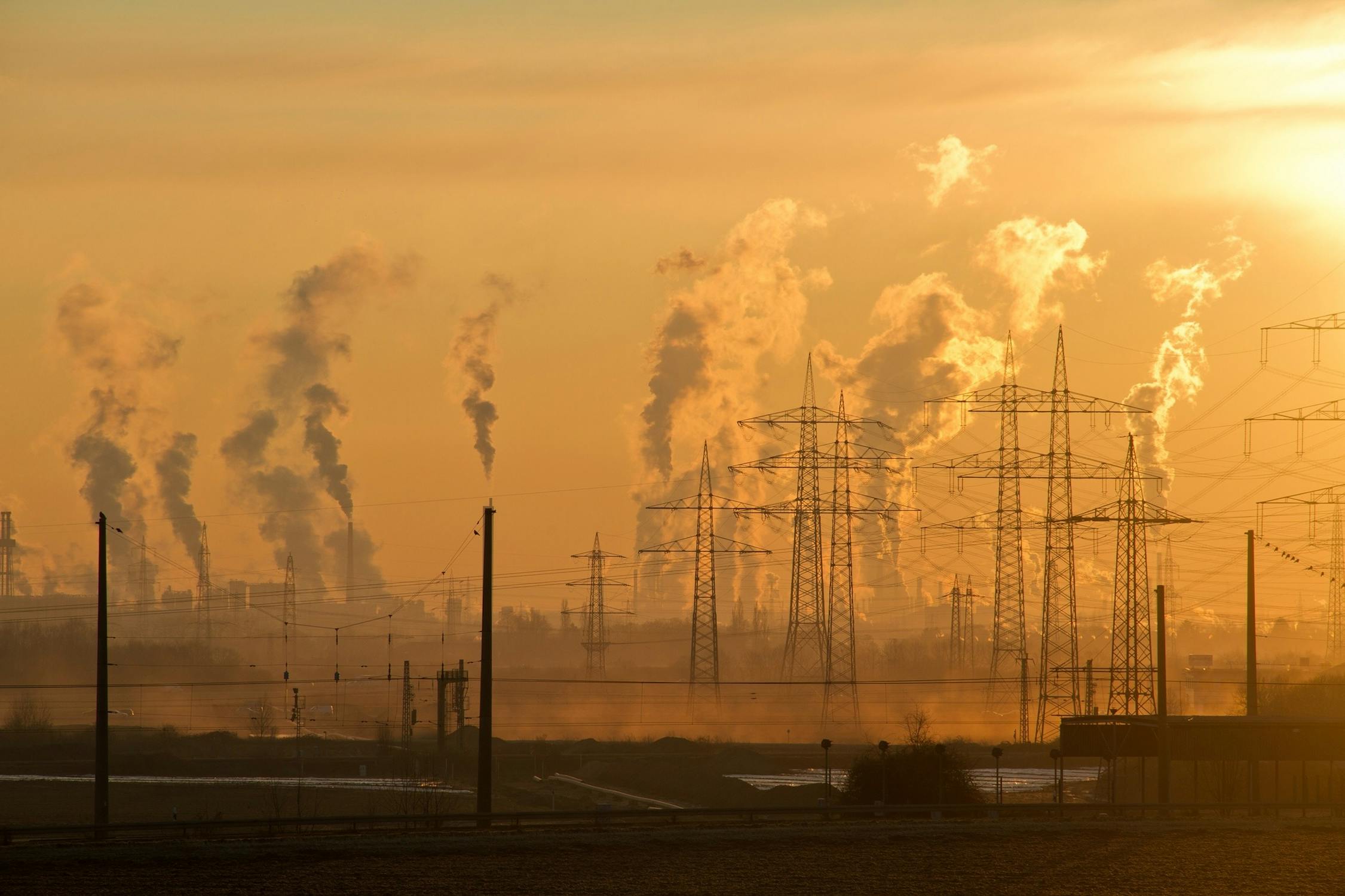
Pixabay / Pexels
The next part will be people are experiencing climate change in diverse ways. Its change can affect our health, ability to grow food, housing, safety and work. Some of us are already more vulnerable to climate impacts, such as people living in small island nations and other developing countries. Conditions like sea-level rise and saltwater intrusion have advanced to the point where whole communities have had to relocate, and protracted droughts are putting people at risk of famine. The number of “climate refugees” is expected to rise. In this case, it starts showing up in some other countries, and it still happens and doesn’t change too much for those countries.
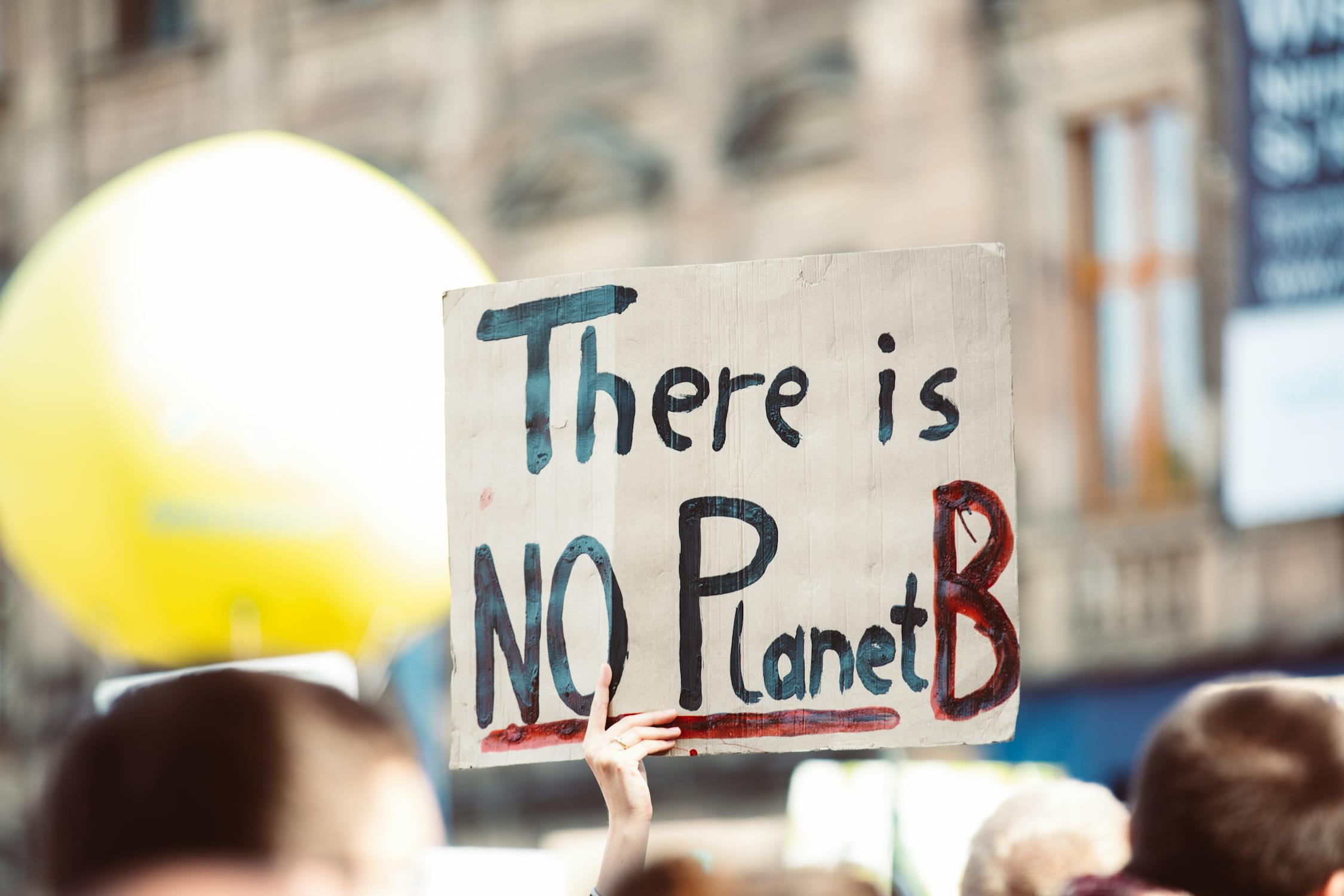
Markus Spiske/ pexels
In Canada, sometimes they have nature happing; for example, now in Alberta, one of the mountains is having a massive fire, and the air pollution for people and animals is so harmful to people’s breath and also affects older adults’ health and kids’ health too. So, if you don’t protect our planet, it will get worse for each city in Canada. Also, this summer, the temperature is getting higher than in others.
In this part, I want to share that we face a considerable challenge, but we already know many solutions. So, climate change solutions can deliver economic befits while improving our lives and protecting the environment. We have global frameworks and agreements to guide progress, such as the Sustainable Development Goals, the UN Framework Convention on Climate Change and the Paris Agreement. Three broad categories of action are: cutting emissions, adapting to climate impacts and financing required adjustments. We face this now for each country, especially Canada, but they have in all European countries, not only Paris Agreement. On the other side, Switching energy systems from fossil fuels to renewables like solar or wind will reduce the emissions driving climate change. But we have to act now. While many countries are committing to net zero emissions by 2050, emissions must be cut in half by 2030 to keep warming below 1.5°C. Achieving this means considerable declines in the use of coal, oil and gas: over two-thirds of today’s proven reserves of fossil fuels need to be kept in the ground by 2050 to prevent catastrophic levels of climate change.
In Canada, some of the cities in Canada, they start to make some changes in their town, and they have some rules for their city. But the Canadian government decided to cancel plastic bags, and if you need a grocery bag, you need to pay for it. This rule is good for the plants and the environment of all county and can be safe for other people and this country. Adapting to climate consequences protects people, homes, businesses, livelihoods, infrastructure and natural ecosystems. It covers current impacts and those likely in the future. Adaptation will be required everywhere but must be prioritized now for the most vulnerable people with the fewest resources to cope with climate hazards. The rate of return can be high. Early warning systems for disasters, for instance, save lives and property and can deliver benefits up to 10 times the initial cost.
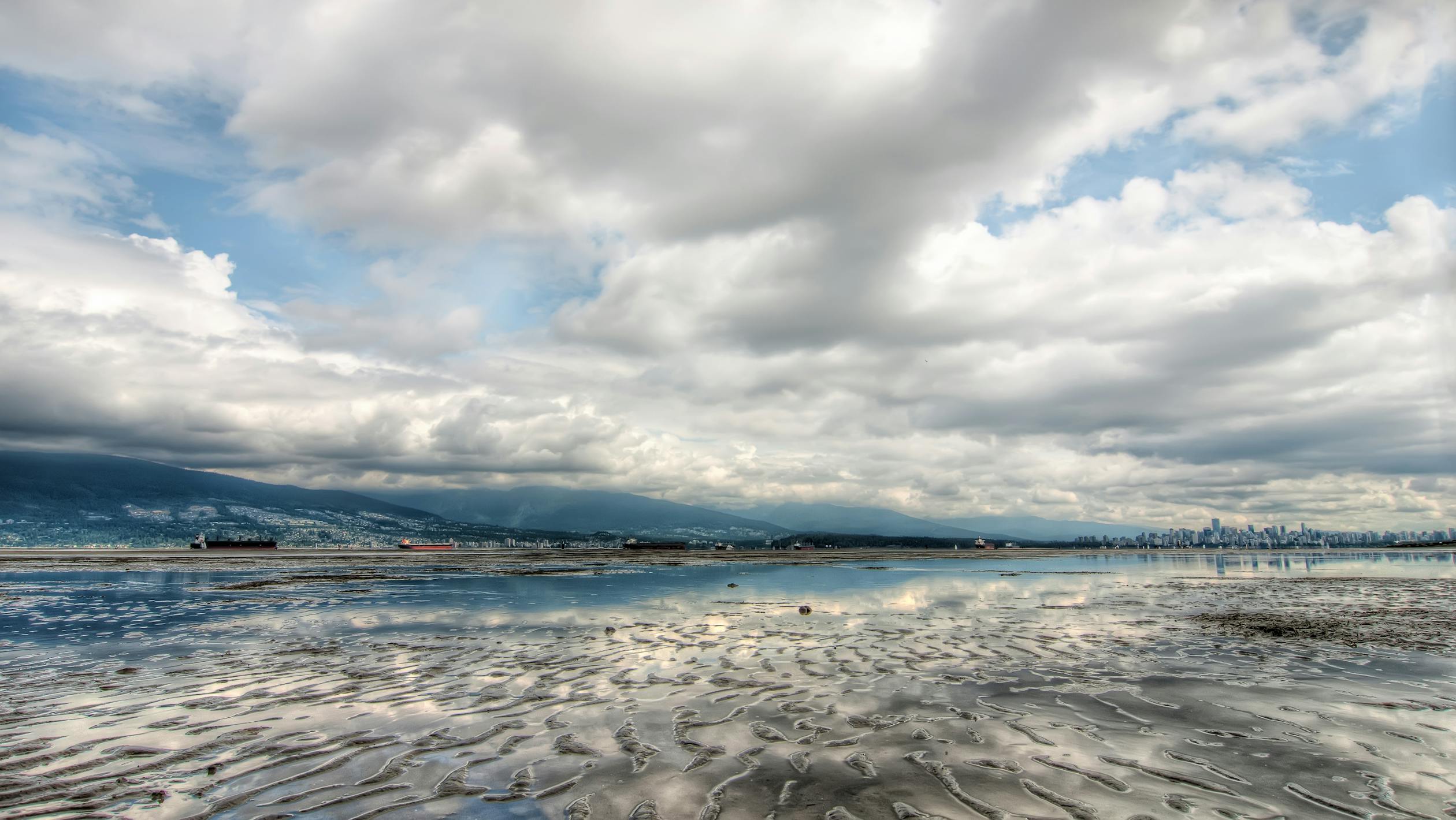
James Wheeler / Pexels
In this part, we will discuss where the money goes through climate change. Climate action requires significant financial investments by governments and businesses. Climate inaction is vastly more expensive. One critical step is for industrialized countries to fulfil their commitment to providing $100 billion a year to developing countries so they can adapt and move towards greener economies.

Towfiqu Barbhuiya / Unsplash
This article will share with you what we are doing to protect our plants and make life easy and make the better further for the next generation. The last thing I want to say to everyone is that we need to protect our “Home” because these are the only places we can survive.

